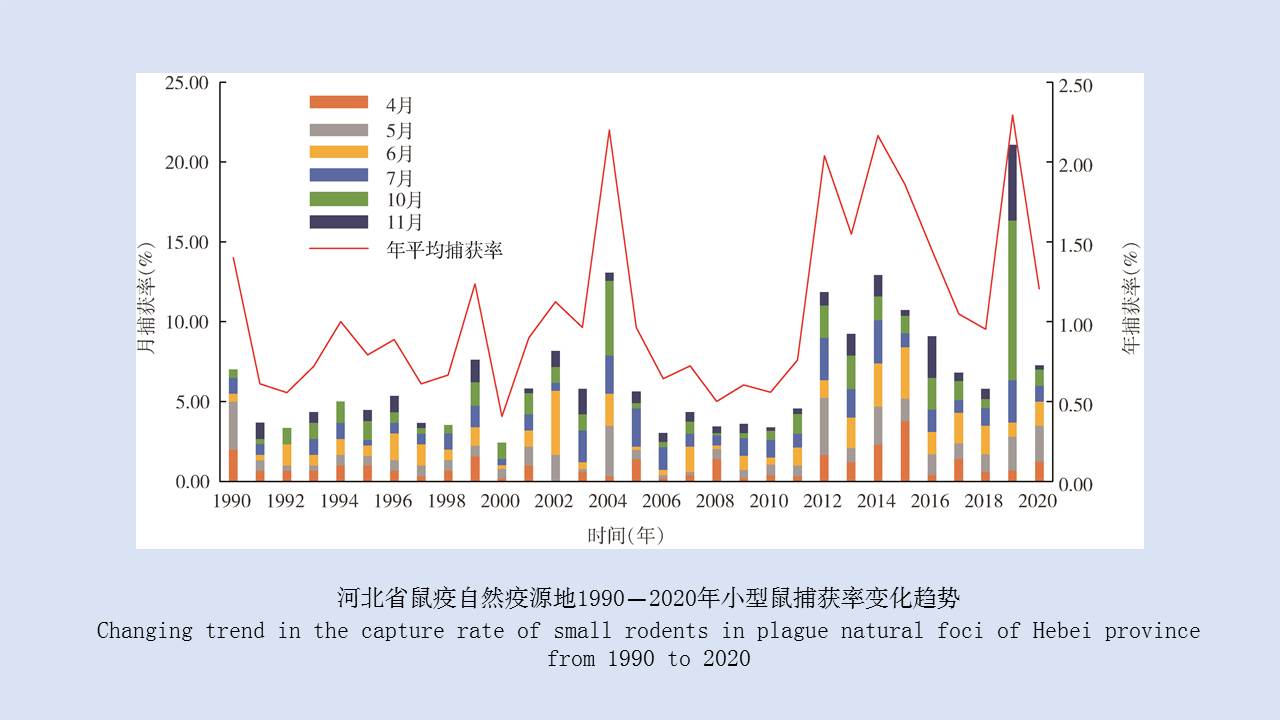 PDF(768 KB)
PDF(768 KB)


河北省鼠疫自然疫源地1990-2020年小型鼠监测结果分析
陈永明, 康东梅, 闫萍, 杨顺林, 白雪薇, 周松, 王海峰, 郑楠, 杜国义, 陈凯乐
中国媒介生物学及控制杂志 ›› 2022, Vol. 33 ›› Issue (1) : 89-93.
 PDF(768 KB)
PDF(768 KB)
 PDF(768 KB)
PDF(768 KB)
河北省鼠疫自然疫源地1990-2020年小型鼠监测结果分析
 ({{custom_author.role_cn}}), {{javascript:window.custom_author_cn_index++;}}
({{custom_author.role_cn}}), {{javascript:window.custom_author_cn_index++;}}An analysis of surveillance results for small rodents in natural plague foci of Hebei province, China, 1990-2020
 ({{custom_author.role_en}}), {{javascript:window.custom_author_en_index++;}}
({{custom_author.role_en}}), {{javascript:window.custom_author_en_index++;}}
| {{custom_ref.label}} |
{{custom_citation.content}}
{{custom_citation.annotation}}
|
/
| 〈 |
|
〉 |